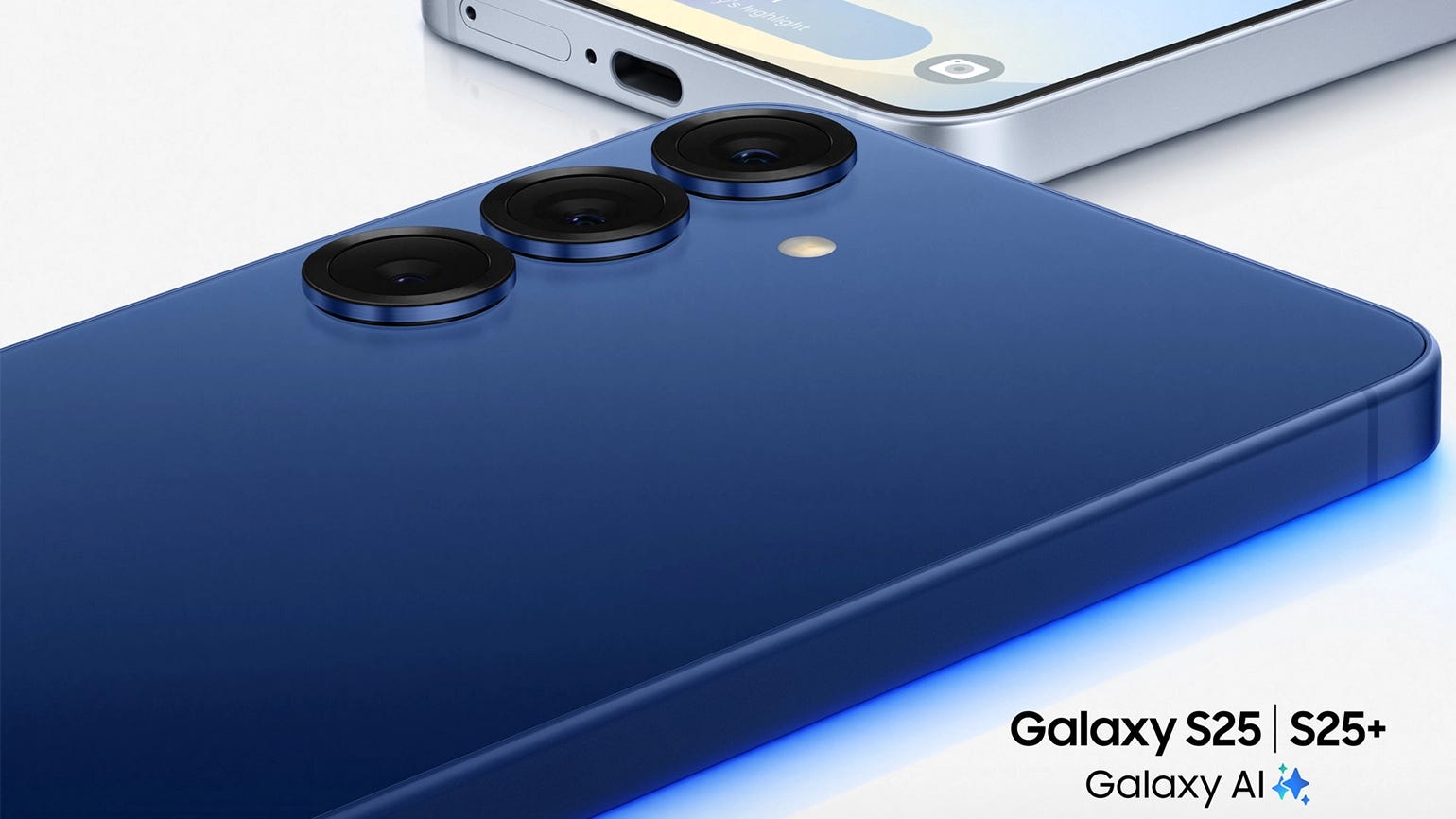In recent developments within the consumer electronics industry, Chinese smartphone manufacturers have adopted a new silicon-carbon anode battery technology. This innovation has enabled foldables to become as slim as traditional bar phones when folded and allowed smaller bar phones to revert to 6.3-inch screens, despite incorporating batteries larger than those in the 6.8-inch Galaxy S24 Ultra.
Samsung is also poised to embrace this cutting-edge battery technology, starting with its Galaxy S26 series next year. Silicon anode batteries are noted for their superior energy density compared to the conventional lithium-ion batteries previously favoured by smartphone producers. This advancement in energy density helps manufacturers design thinner devices without sacrificing battery longevity.
Previously, Samsung was investigating “Stacked Battery Technology,” which could potentially boost energy density by about 10%, thus increasing a battery’s capacity from 5,000mAh to over 5,500mAh. However, it appears that Samsung has opted for silicon-carbon battery technology moving forward. It is still unclear if the upcoming Galaxy S25 Slim or Apple’s iPhone 17 Air will feature this new technology, with both expected to have battery capacities ranging from 3000 mAh to 4000 mAh.
Given the impressive battery life of Samsung’s current Ultra flagship, which has a 5000mAh capacity, it will be intriguing to see how the Galaxy S26 Ultra benefits from the silicon-carbon anode battery technology in terms of both capacity and overall battery life.







